Emerging Infectious Diseases
The emergence of infectious diseases continues to be a driving force in the infection control market. With the increasing incidence of antibiotic-resistant pathogens and new viral outbreaks, healthcare facilities are compelled to enhance their infection control measures. This trend is likely to result in a surge in demand for advanced disinfectants and sterilization technologies. In 2025, the market for infection control products is expected to grow by over 10%, as healthcare providers seek to implement robust infection prevention strategies. The ongoing threat of emerging infectious diseases underscores the necessity for effective infection control solutions, thereby propelling the market forward and encouraging innovation within the industry.
Rising Healthcare Expenditures
The infection control market is experiencing growth driven by rising healthcare expenditures in the US. As healthcare facilities allocate larger budgets towards infection prevention measures, the demand for advanced disinfectants and sterilization equipment increases. In 2025, healthcare spending is projected to reach approximately $4.5 trillion, with a significant portion directed towards infection control initiatives. This trend indicates a heightened awareness of the importance of maintaining sterile environments, particularly in hospitals and clinics. Consequently, manufacturers are likely to innovate and expand their product lines to meet the evolving needs of healthcare providers. The focus on infection control is expected to remain a priority, as facilities strive to enhance patient safety and reduce healthcare-associated infections, thereby propelling the infection control market forward.
Regulatory Compliance and Standards
Regulatory compliance and standards are critical drivers of the infection control market. In the US, organizations such as the Centers for Disease Control and Prevention (CDC) and the Occupational Safety and Health Administration (OSHA) set stringent guidelines for infection prevention in healthcare settings. Compliance with these regulations is essential for healthcare facilities to avoid penalties and ensure patient safety. As a result, there is a growing demand for products and services that help organizations meet these standards. The infection control market is likely to benefit from this trend, as manufacturers develop solutions that align with regulatory requirements. In 2025, it is estimated that compliance-related expenditures will account for a substantial portion of the overall infection control budget, further driving market growth.
Increased Awareness of Infection Prevention
Increased awareness of infection prevention among healthcare professionals and the general public is significantly influencing the infection control market. Educational campaigns and training programs are being implemented to promote best practices in infection control. This heightened awareness is leading to a greater demand for infection control products, including personal protective equipment (PPE) and disinfectants. In 2025, the market for PPE is projected to grow by approximately 15%, reflecting the ongoing emphasis on safety and hygiene. As healthcare facilities prioritize infection prevention strategies, the infection control market is expected to expand, driven by the need for effective solutions that protect both patients and healthcare workers.
Technological Advancements in Infection Control
Technological advancements are playing a pivotal role in shaping the infection control market. Innovations such as ultraviolet (UV) light disinfection systems and automated cleaning robots are gaining traction in healthcare settings. These technologies not only improve the efficiency of infection control practices but also reduce the reliance on manual cleaning methods. In 2025, the market for UV disinfection equipment is anticipated to grow by over 20%, reflecting the increasing adoption of these technologies. As healthcare facilities seek to enhance their infection control protocols, the integration of advanced technologies is likely to become a standard practice. This shift towards automation and technology-driven solutions is expected to significantly impact the infection control market, driving growth and improving overall patient outcomes.


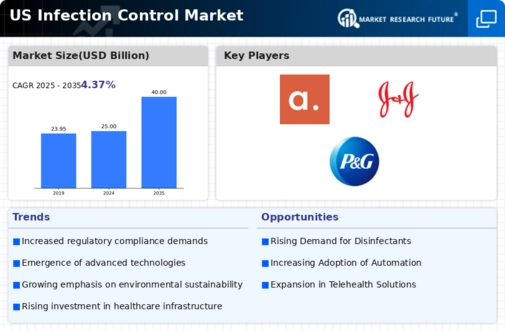
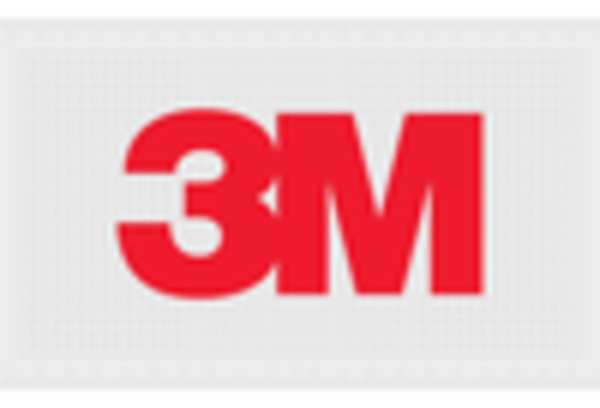
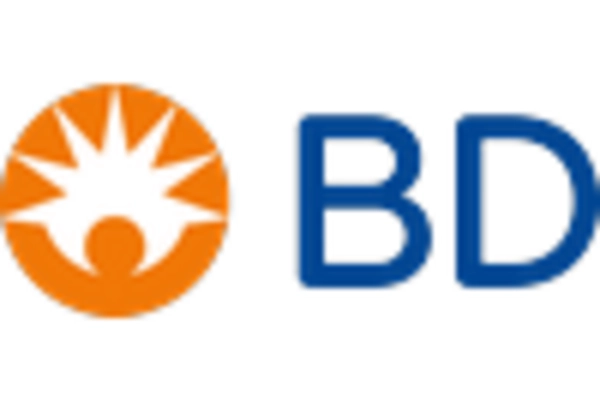
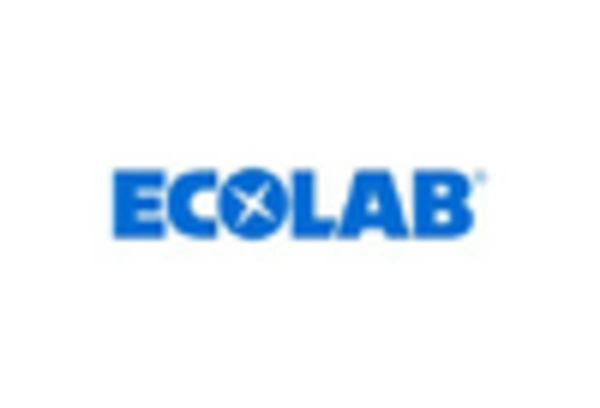
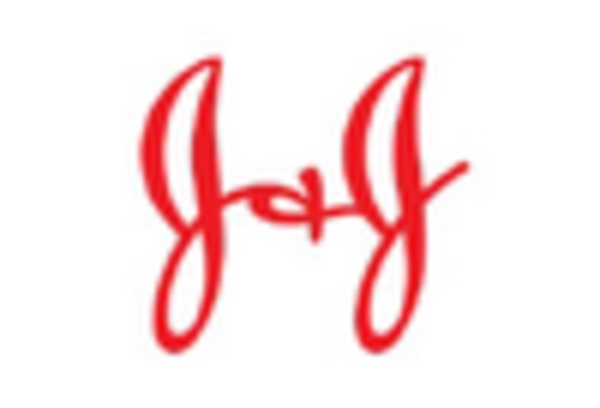
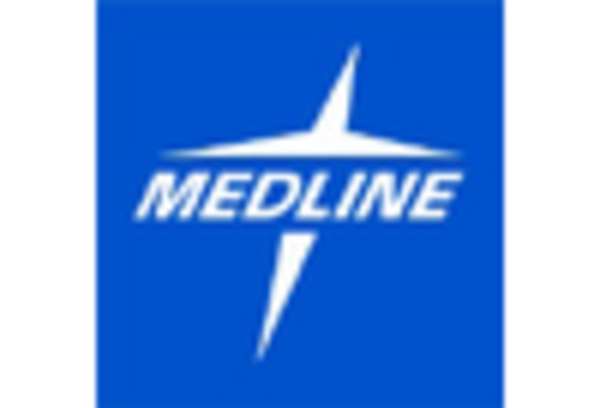
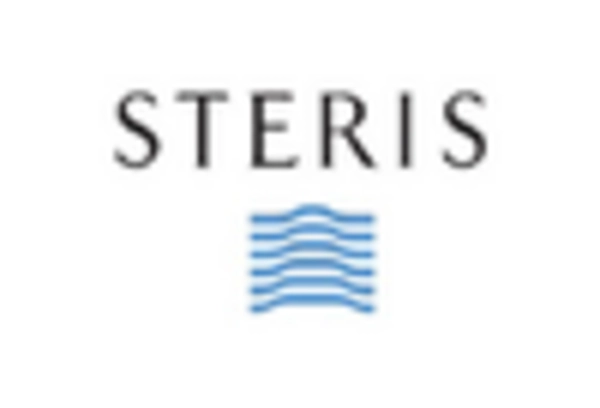








Leave a Comment